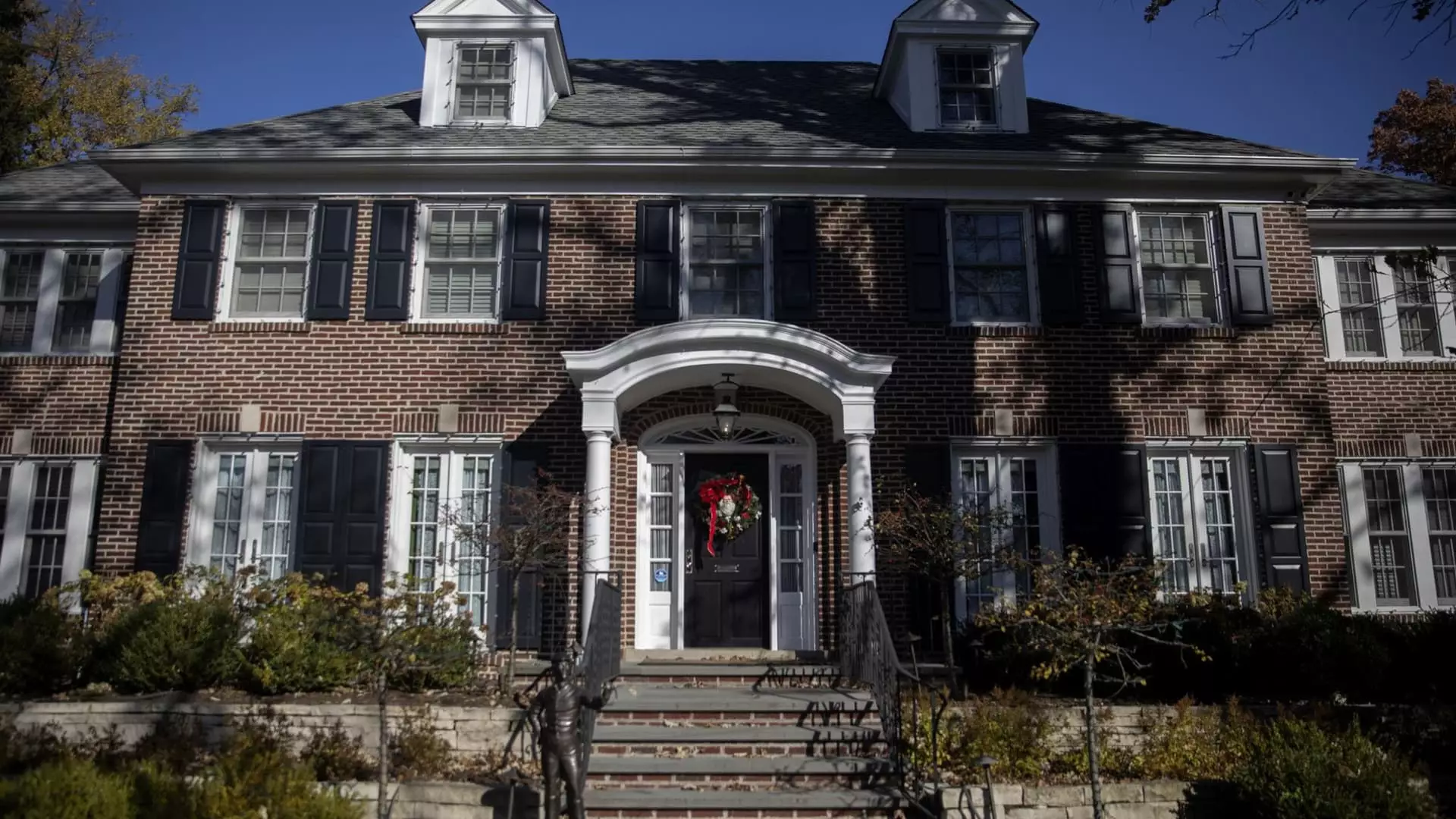The real estate market is buzzing with an array of iconic homes that are up for sale, and buyers are willing to pay a premium price to own a piece of pop culture history. This premium, however, is challenging to quantify as uber-wealthy buyers are often ready to shell out exorbitant amounts for homes with a rich pedigree. According to real estate experts, owning a famous celebrity home is akin to possessing a rare and unique piece of art, like a Picasso or a Fabergé egg. These homes carry a rich history and a sense of exclusivity that sets them apart in the luxury real estate market.
Recent notable listings include the Victorian home featured on the sitcom “Full House,” the “Home Alone” house, John Lennon and Yoko Ono’s first New York City home, and the Los Angeles residence of the late Paul Reubens, known for his character Pee-wee Herman. These celebrity homes command premium prices that go beyond their market value, primarily due to their famous former occupants and the historic significance attached to them. Buyers are willing to pay extra for the cachet of owning a house tied to a household name celebrity, with estimates suggesting a premium of 5% to 10% for such properties.
For the uber-wealthy, the ultimate price tag of a famous home is often irrelevant. Many view these properties as collector’s items and make emotional purchases driven by nostalgia and a desire to own a piece of history. Potential buyers are drawn to bidding wars and high asking prices for famous properties, viewing them as one-of-a-kind investments that hold significant value in the long run. Sellers leverage the appeal of these iconic homes to capitalize on buyers’ willingness to pay a premium for a slice of pop culture history.
While fame often boosts the price of a celebrity home, infamy can also play a role in fetching higher premiums. Homes associated with notorious events or individuals, like the LaBianca house where Charles Manson’s followers committed murders in 1969, attract a different segment of buyers who are drawn to the property’s history and uniqueness. The listing for such properties targets history buffs and individuals looking to reimagine these famous homes, adding another layer of intrigue to the real estate transaction.
Despite the allure of celebrity homes, there are instances where even famous properties struggle to command top dollar. Properties like the “Brady Bunch” house, which sold below its listing price, highlight the complexities of pricing famous homes in the real estate market. Publicity and lack of updates can deter prospective buyers, impacting the perceived value of a superstar’s home. For example, Kanye West’s Malibu mega-mansion faced challenges in finding a buyer due to its condition and pricing strategy, demonstrating that even celebrity status may not guarantee a quick sale at a premium price.
At the core of the premium price tag associated with famous homes lies the buyers’ perception of value and the emotional connection they forge with these properties. Whether it’s owning a piece of Hollywood history or investing in a property tied to a cultural icon, the allure of celebrity homes transcends traditional real estate metrics. While the market for famous homes continues to thrive, the ultimate worth of a property remains subjective, reflecting the buyer’s willingness to pay for a piece of their favorite celebrity’s legacy.

